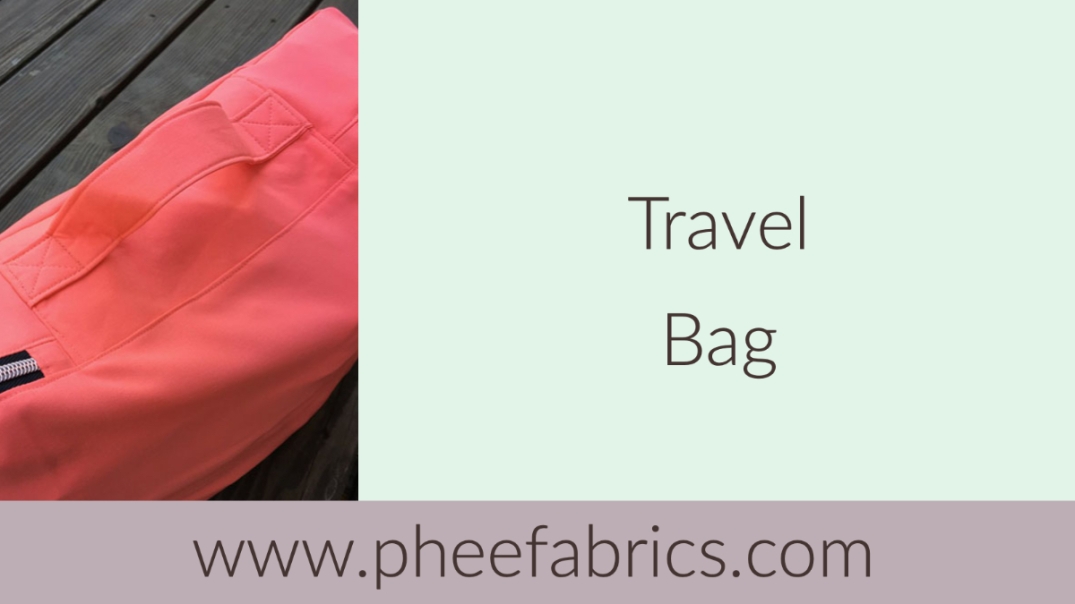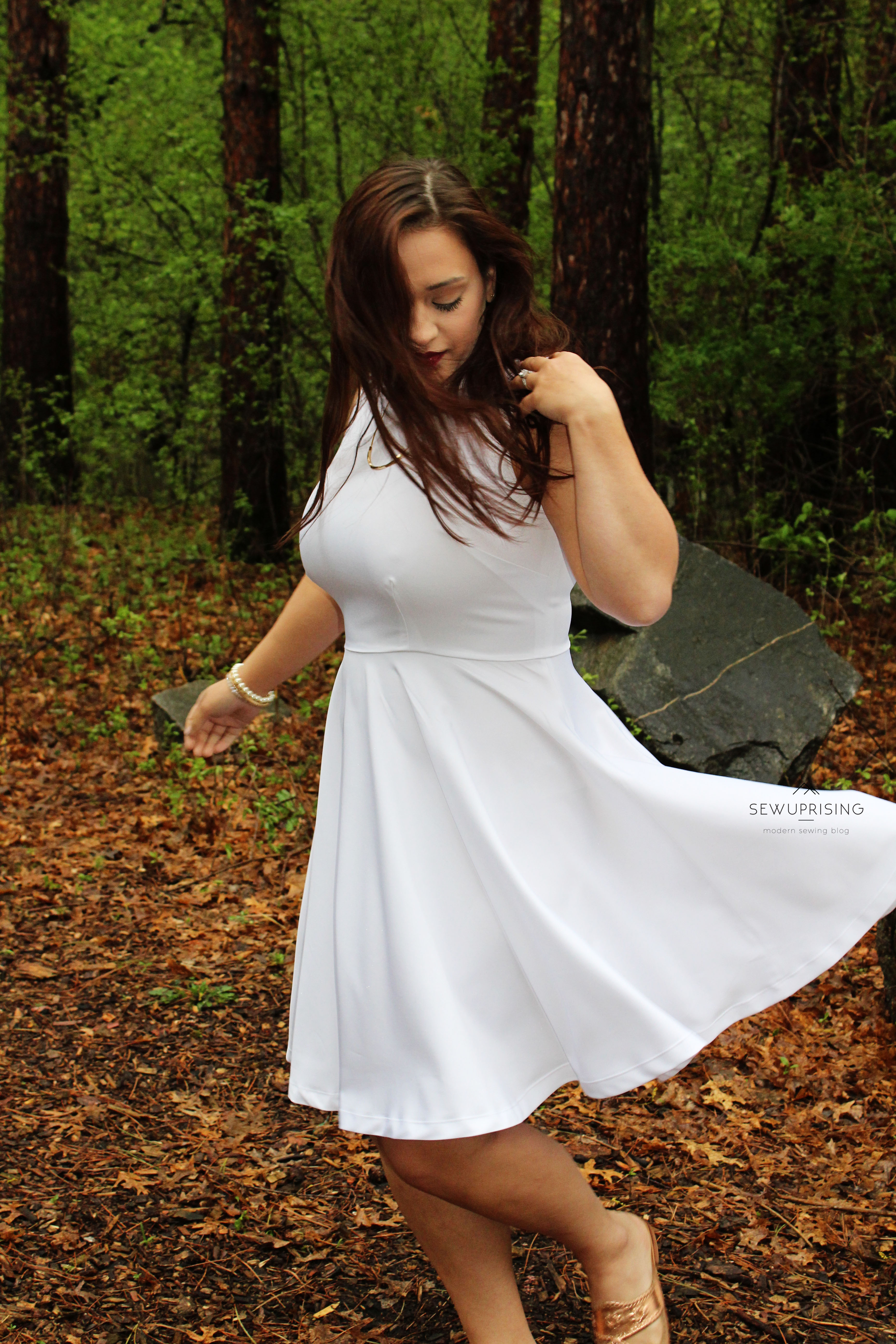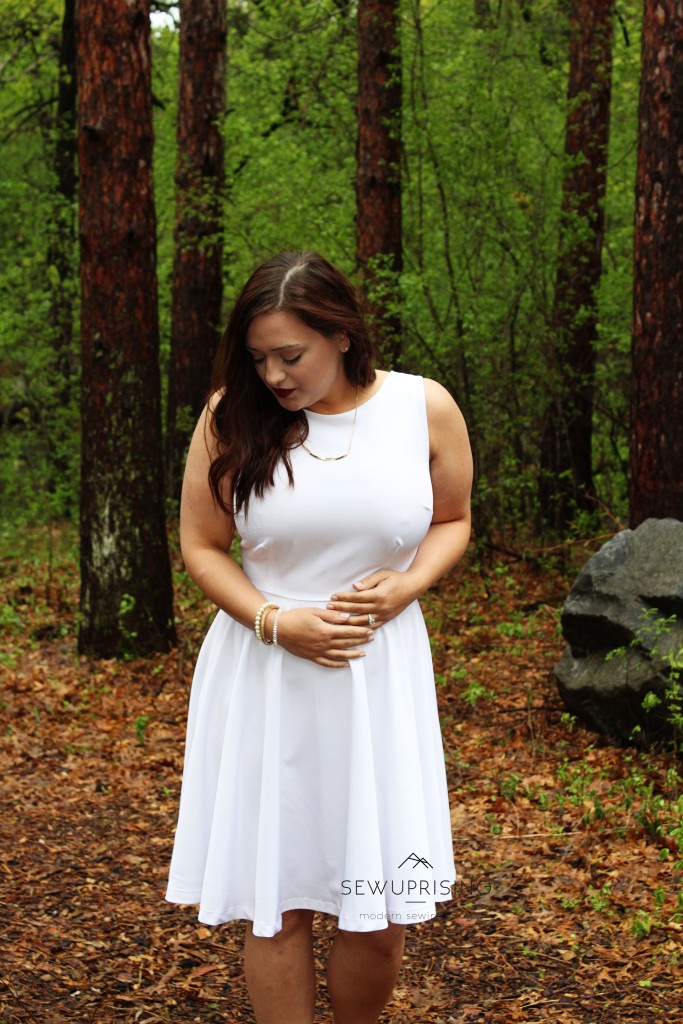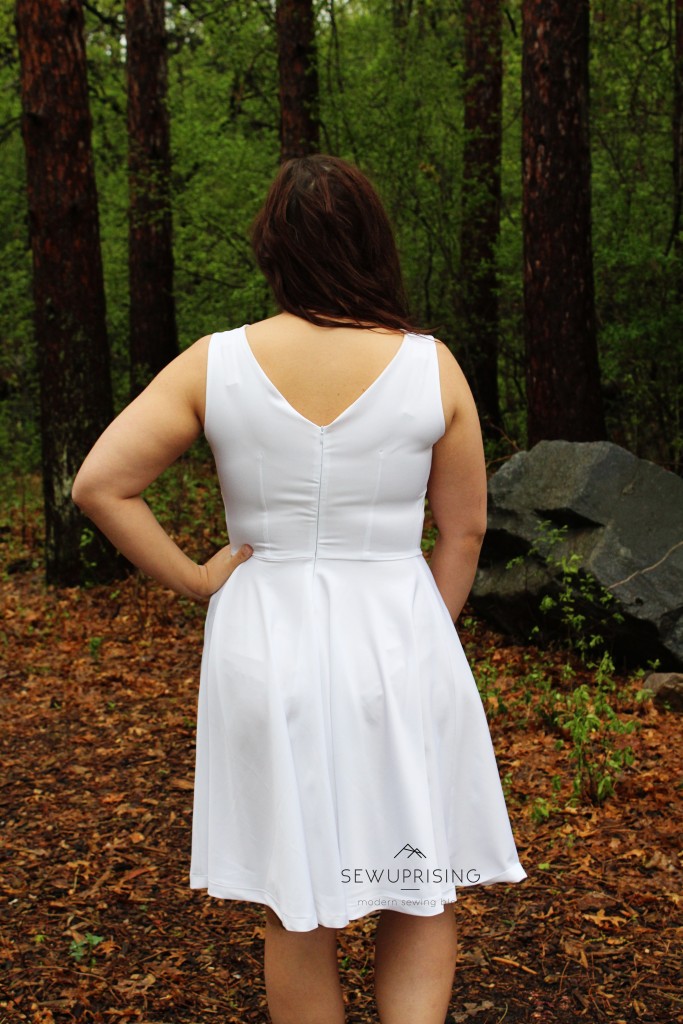When Phee Fabrics started stocking Art Gallery Fabrics in 100% premium cotton OEKO-TEX certified fabric, I knew it was time to search for a new pattern. I have a couple of woven dress patterns that I like, (blogged here) but they are quite similar, and I wanted something with a little more detail to showcase the pretty fabric.
One of my sewing friends who also likes dresses, suggested a few pattern companies to me. She forewarned me that the patterns were not inexpensive, but felt that they were worth the money. I scrolled through a few companies, and kept coming back to the Made By Rae Washi Dress. The simple pleats, neck detail, and of course- pockets, spoke to me.
Whenever I get a new pattern (especially for wovens), I like to compare it to a pattern that I know fits me well, to see how similar or different the fit is. Since wovens don’t have any give, making sure that you’ve got a good fit is very important! Right away I could tell that this pattern was drafted for a much smaller cup size, so I knew I was going to have to do some work to get a perfect fit. I traced the bodice and taped the dart together, and held it against my body to see how far off the fit was. The dart ended up a couple of inches above my bust apex, and the bodice didn’t cover the bottom of my bust. Sigh!

Since this is kind of a common issue for me with woven patterns, it wasn’t exactly unexpected. I needed some length between the armscye and the dart, so the simple fix was slashing the bodice front and adding in a 1.5″ wide strip of waxed paper. I also added 1.5″ length to the pattern back.

I cut out a bodice front and the upper back of the pattern in some cheap fabric and basted it together to check my fit. I decided another half inch added to the front at the shoulder seam would give me that extra little bit I needed, and cut into my good fabric. I took some time with my pattern layout, because every sewist knows that if you’re working with a floral fabric, it’s nearly impossible to avoid having flowers on your bust. And I wanted an intentional placement versus an awkward one! 🙂
The pattern tutorial suggests using interfacing on the front around the U-notch to help keep the corners laying smoothly. Tracing around the stitch line gave me the perfect shape to iron on to the bodice front.

It also calls for facings at the front and back neckline, and bias trim along the armscyes. But a finished bodice lining is just so much nicer, and would also make it easy to stitch a couple of lines 1/2″ apart across the back to make a casing for my elastic. To make a bodice lining, cut another bodice front, and cut a bodice back by folding the pattern back 1/2″ below the bottom shirring line marking. Sew the front and back linings together at the shoulder seams. Sew the bodice front and dress back pieces together at the shoulder seams. Place the lining over the dress, right sides together, and stitch around the neckline. Clip the curves, turn right side out and press.
Then you will need to “burrito roll” the bodice to sew the armscyes. If you’ve never done the “burrito roll” method, it’s almost magical how it works! Basically you are rolling the garment up from one side, then flipping the opposite sides over and around (enclosing the rolled portion in the shoulder strap area) and stitching the armscye, then pulling it through. There are plenty of video tutorials online if you are a visual learner. Again you will clip the curves, turn the bodice right side out and press carefully. Stitch the side seams and press. Turn the bottom edge of the lining under 1/4″ and press.
You’re supposed to do 5 or 6 lines of shirring along the back, to give a nice fitted look. Since shirring didn’t really sound fun, and wasn’t the look I was going for, I opted to use elastic in a casing. Keeping your fabric smooth, stitch the bodice back lining to the dress back along the bottom two marked shirring lines. This will give you the casing for the back elastic. To determine the proper length of elastic, measure your body around the bottom of the bodice. Divide the measurement in two, and use 3/8″ wide cotton swimwear elastic, marked at that length. Thread the elastic through, stitching it in place at both ends. Then stitch the bodice front lining in place by stitching in the ditch along the front seam line.
The interior back bodice:
 The interior front bodice:
The interior front bodice:

Can you see why lining the bodice is worth the effort? There is just something so satisfying about a garment that is as nicely finished on the inside as it is on the outside! You can always feel proud about making a quality garment that will last!
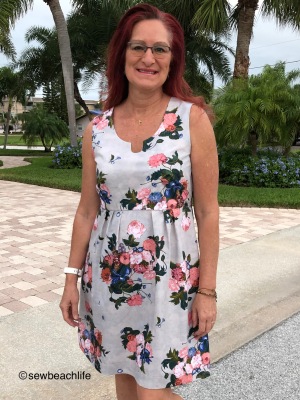

I love my new dress! And it has pockets! It’s cool and comfortable, and can be layered under a jacket or cardigan for year round use.


Using a blind hem stitch on my sewing machine was the only way to do the hem. It’s a nice deep hem, folded under an inch, zigzagged and pressed, then folded under another two inches. It reminds me of the type of sewing my beloved grandmother used to do. ❤ High quality fabrics, quality finishes, and a nice deep hem.
Now that I’ve got my pattern perfected, I need to decide on some more Art Gallery Fabric so that I can make another dress!
As always, I only give my honest opinion. After all, my post represents me! 🙂 Thank you for reading and sharing my love of sewing, patterns, fabric, and pattern hacking.❤

